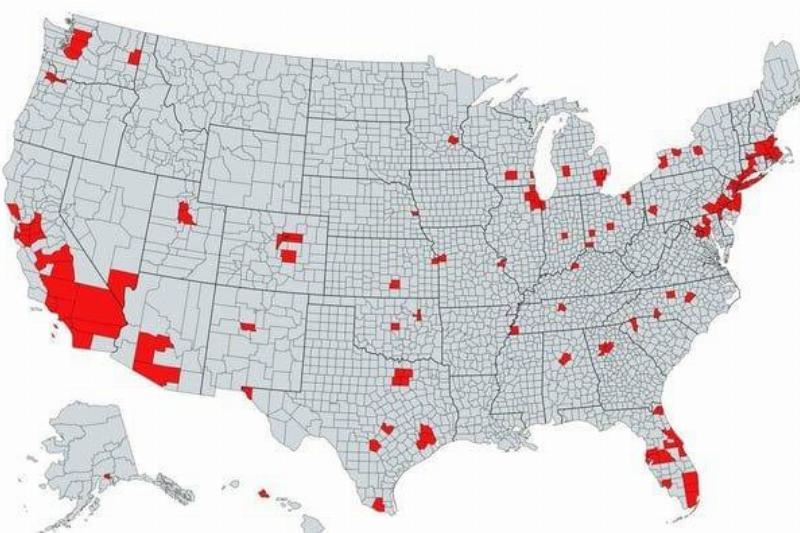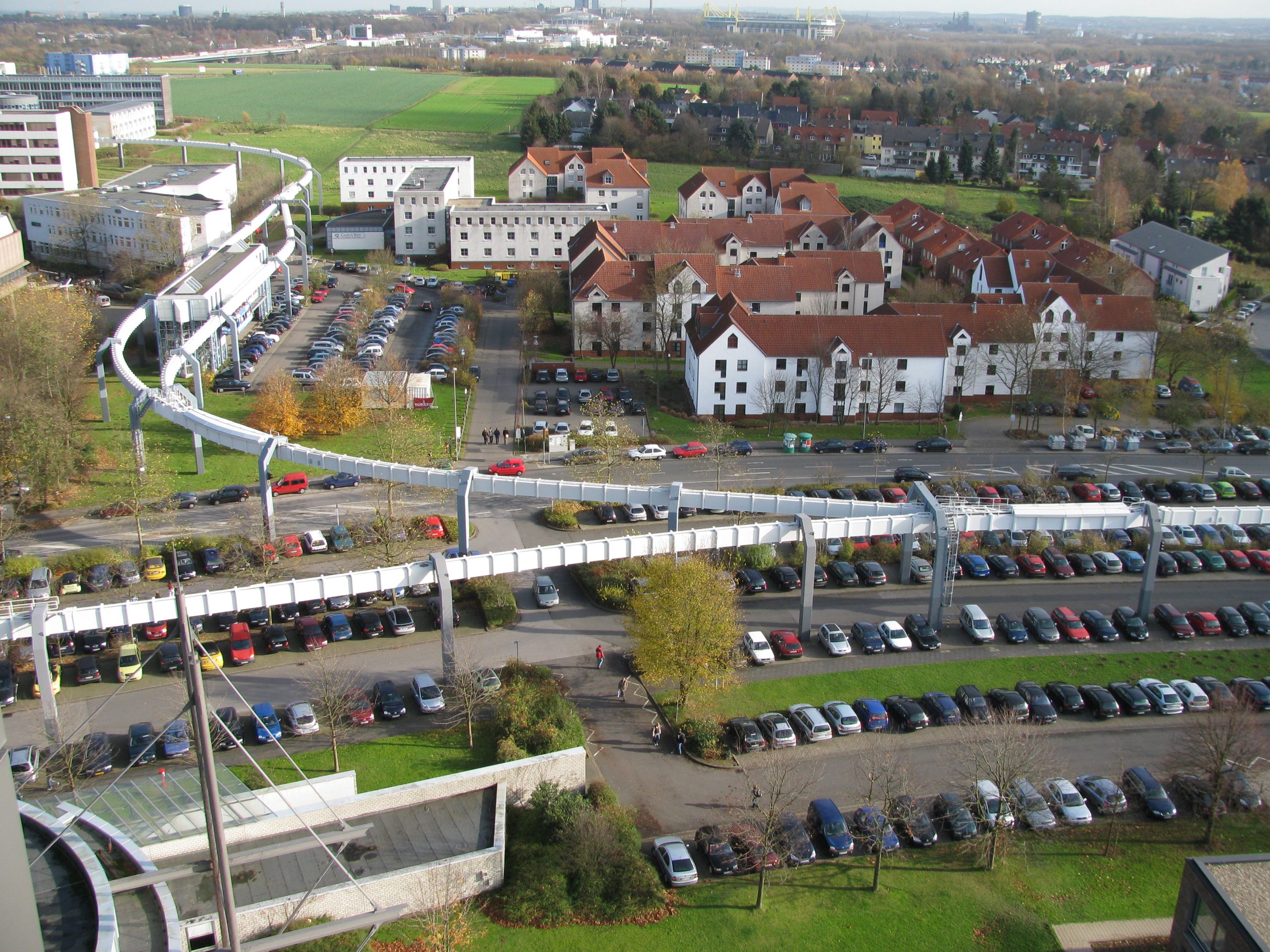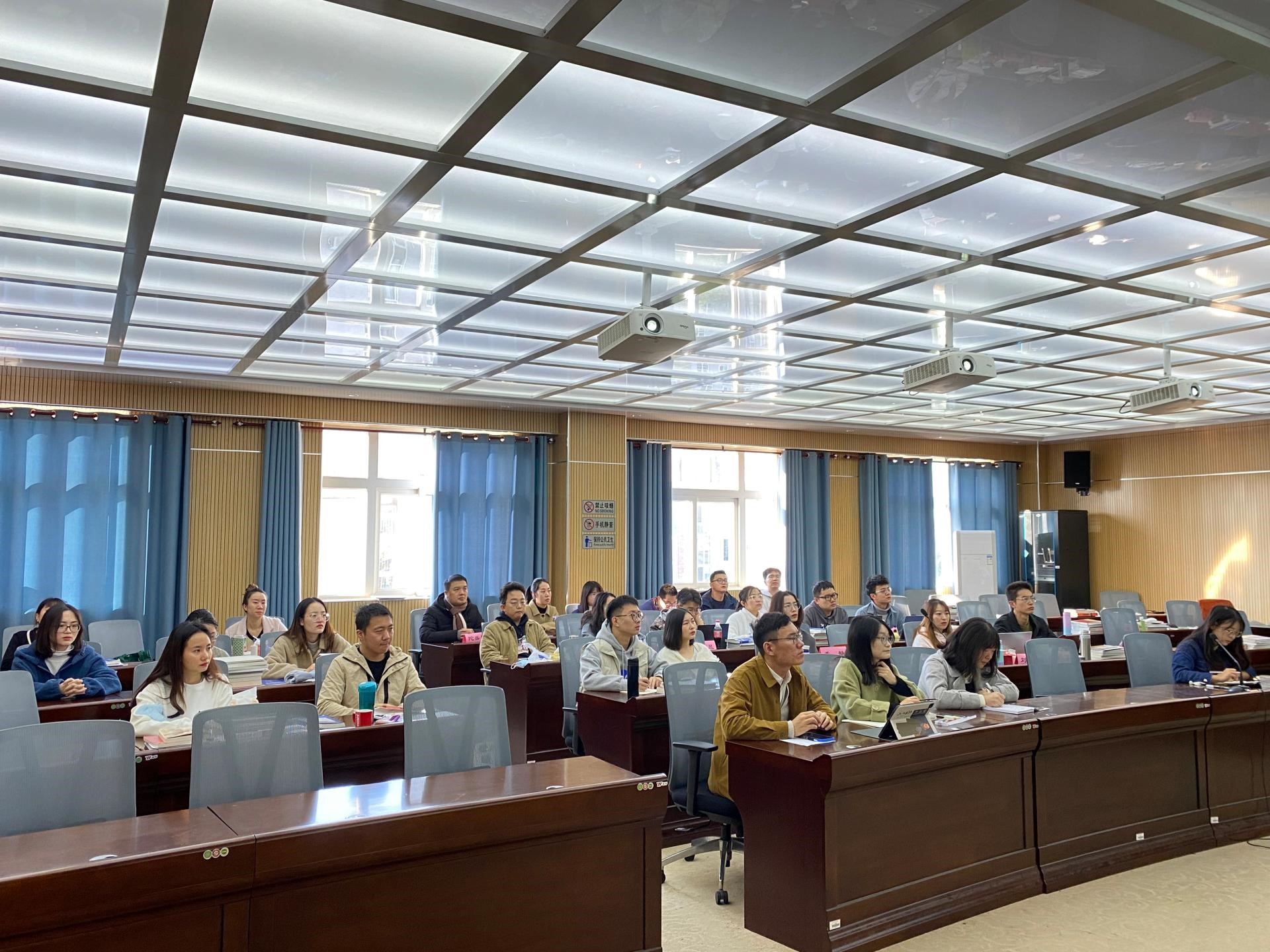Author Archives: mike@standardsmichigan.com
- Home
- Articles posted by mike@standardsmichigan.com (Page 205)

Data Point: College Town Demographics
It is well-documented that in the United States, there is a correlation between areas with colleges or universities and a higher likelihood of voting for Democratic candidates. Several factors contribute to this phenomenon:
- Youth vote: College towns typically have a higher concentration of young people who tend to lean more towards progressive or Democratic policies.
“Progressive” is a misnomer. Weimer Germany was progressive. Eugenics, promoted by Margaret Sanger, is also “progressive”. The word progressive is not progressive at all if you are serious about living in peace in a civilized culture.
2. Education levels: Counties with colleges and universities often have higher levels of education, and education has been shown to be positively correlated with Democratic voting patterns.Students are not taught the founding principles about the United States cultural and economic success.
- Gender: About 2/3rds of women of voting age vote for Democrat candidates who tend to support expanded social services.
- Diversity and openness: College towns and campuses tend to be more diverse and open-minded, which aligns with Democratic values and policies.There is no diversity of thought; only diversity of complexion
- Research and funding: Universities often rely on federal research funding, and Democratic policies may be seen as more supportive of funding for education and research.
That’s for sure. The larger the university research funding, the more virulent the community.
- Urban vs. rural divide: Colleges and universities are more likely to be found in urban or suburban areas, which generally lean more Democratic, while rural areas tend to lean more Republican.
The rural divide hews to belief in personal responsibility, limited government, fiscal conservatism and no infanticide. Urban dwellers believe quite the opposite. Not only that, they are inured to facts and reason. Urban dwellers resemble a tribe, with a likely genetic connection to packs of hyenas.
It’s important to note that these are general trends, and there can be significant variations between different regions and specific colleges or universities.
For up-to-date and more specific research on this topic, you may refer to recent studies or analyses conducted by political scientists, research institutions, or polling organizations. Academic journals and reputable news sources may also have in-depth analyses of voting patterns in relation to education and geographic location.
Half the US population lives in the red counties, the other half in the gray counties. Draw your own conclusions.
Control of Noise at Work
The Control of Noise at Work Regulations came into force for all industry sectors in Great Britain on 6 April 2006 (except for the music and entertainment sectors where they came into force on 6 April 2008). The aim of the Noise Regulations is to ensure that workers’ hearing is protected from excessive noise at their place of work, which could cause them to lose their hearing and/or to suffer from tinnitus (permanent ringing in the ears).
The level at which employers must provide hearing protection and hearing protection zones is 85 dB(A) (daily or weekly average exposure) and the level at which employers must assess the risk to workers’ health and provide them with information and training is 80 dB(A). There is also an exposure limit value of 87 dB(A), taking account of any reduction in exposure provided by hearing protection, above which workers must not be exposed.
Electric Vehicle Open Charge Point Protocol
Evaluation of OCPP and IEC 61850 for smart charging electric vehicles
Jens Schmutzler – Christian Wietfeld
Dortmund University of Technology, Communication Networks Institute
EURISCO Research & Development, Odense, Denmark
Abstract: Interoperability of charging infrastructures is a key success factor for E-Mobility. Standards like ISO/IEC 15118 and IEC 61851-1 are developed to ensure base level interoperability of front-end communication and signaling processes for smart charging between electric vehicles and charge spots. With the Open Charge Point Protocol (OCPP) a forum of European industry members also moves towards a common back-end protocol for charge spots intending to reduce and secure overall investment costs. However, in the current form OCPP lacks means for enabling grid services based on smart charging. In this paper the authors provide a review of today’s state of the art in ISO/IEC standardization of the V2G Interface and furthermore detail how OCPP could leverage existing standardization efforts for grid automation from IEC 61850 in order to overcome its shortcomings.
CLICK HERE for complete paper
Narrowband Application in Intelligent Fire Protection System
Application of NB-IoT in Intelligent Fire Protection System
Tianxiang Li and Ping Hou
School of Information and Communication, Guilin University of Electronic Technology, Guilin, China
NB-IoT refers to a cellular-based narrowband Internet of Things, which has become an important part of the Internet of Things. NB-IoT is a new technology emerging in the field of Internet of Things in recent years. It has obvious advantages in technology and application. In addition, the application of narrowband Internet of Things (NB-IoT) technology in the field of fire protection can fundamentally enhance the combat capability of fire fighting forces, avoid fire and reduce the loss of life and property of the people. This thesis analyses and introduces an intelligent fire-fighting system based on the new industry standard, and a smoke-fire detection and alarm device based on the Internet of Things (IoT) platform and Nb-IoT technology. It also puts forward corresponding solutions to the problem of smart smoke, such as the value, advantages and future expectations of the solution.
CLICK HERE to order the complete paper
Cool Summer Pasta Salad
This content is accessible to paid subscribers. To view it please enter your password below or send mike@standardsmichigan.com a request for subscription details.
Non-Contact Heart Rate Monitoring in Neonatal Intensive Care Unit using RGB Camera
Non-Contact Heart Rate Monitoring in Neonatal Intensive Care Unit using RGB Camera
Quiong Chen, et. al
Center for Intelligent Medical Electronics, School of Information Science and Technology, Fudan University, Shanghai, China
Abstract: Heart rate (HR) measurement is crucial for newborn infant monitoring in the neonatal intensive care unit (NICU). The widely used contact HR measurement methods based on electrocardiography (ECG) and photoplethysmography (PPG) signals can lead to discomfort and possible skin irritation on neonates, which limit its application in NICU scenarios. In this work, we propose a non-contact HR monitoring method simply using a RGB camera. Eulerian video magnification (EVM) is employed to detect the subtle changes of neonatal faces results from blood circulation. The magnified signal is then transformed to the spectral domain to extract HR information. Compared with the widely investigated independent component analysis (ICA)-based HR measurement method using video recordings, the proposed method can achieve the real time HR measurement, which is a significant superiority in NICU neonatal monitoring. To the best of our knowledge, this is the first study to employ EVM algorithm in real time neonatal HR monitoring.
Church heating: Comparison of different strategies
Church heating: Comparison of different strategies
N. Aste. et al
Department of Architecture, Built Environment and Construction Engineering, Politecnico di Milano
Abstract: Church heating represents a challenging task because multiple goals have to be fulfilled simultaneously, such as the thermal comfort for the occupants and the optimal internal environmental conditions for the preservation of building components and artworks. In addition, current requirements for environmental and economic sustainability impose to make efforts to minimize the amount of energy needed and the consequent environmental/economic impact. In this context, the present work represents the assessment of the energy, environmental and economic impact of different strategies for church heating, including a novel technology based on the exploitation of renewable energies. The analysis was carried out in a real case-study building, represented by the Basilica di S. Maria di Collemaggio (L’Aquila, Italy), a church of worldwide relevance, currently under restoration.
New update alert! The 2022 update to the Trademark Assignment Dataset is now available online. Find 1.29 million trademark assignments, involving 2.28 million unique trademark properties issued by the USPTO between March 1952 and January 2023: https://t.co/njrDAbSpwB pic.twitter.com/GkAXrHoQ9T
— USPTO (@uspto) July 13, 2023
Standards Michigan Group, LLC
2723 South State Street | Suite 150
Ann Arbor, MI 48104 USA
888-746-3670



















